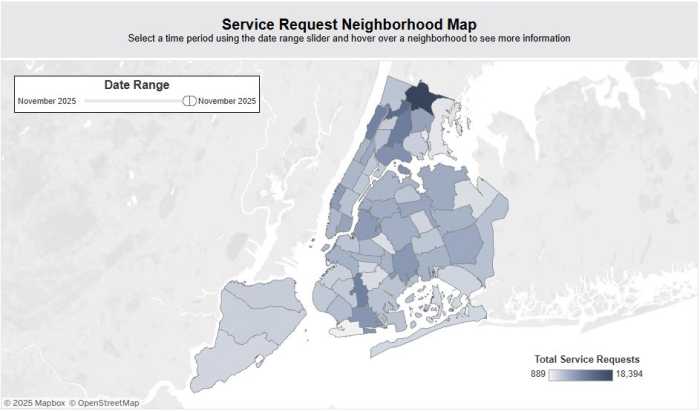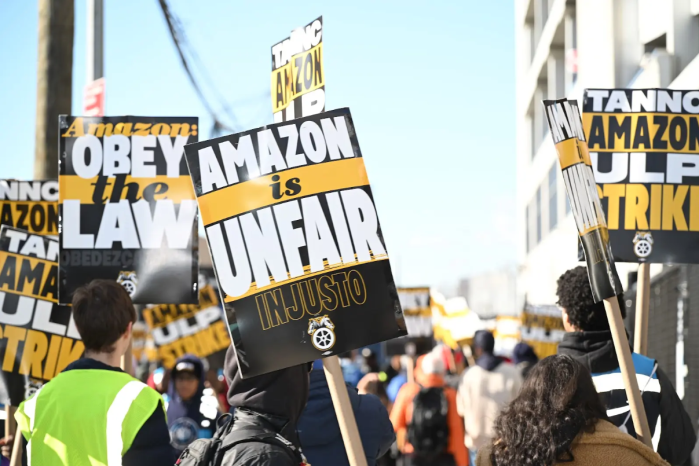By Patrick Donachie
The city Department of Housing Preservation and Development opened a Request for Expressed Interest from parties that want to develop community land trusts in the city, which Councilman Donovan Richards (D-Arverne) said could be one way to increase affordable homeownership in areas wracked by foreclosures and rising prices like southeast Queens.
“One of the reasons we’re pushing for land trusts is it takes speculation out of land,” Richards said. “It’s helping people who haven’t been able to afford homeownership in New York City. Everybody dreams about the white picket fence and having a place they can come in and own.”
Richards briefly detailed community land trusts during an affordable housing conference held at Allen AME Cathedral in Jamaica Monday. In a subsequent interview, he spoke about Council legislation he introduced in September to allow the HPD to enter into regulatory agreements with community land trusts, which are nonprofit organizations established to own land in an attempt to maintain affordability over time despite fluctuations in the surrounding area’s market rates.
In a city where rent price spikes often take top billing in the news, Richards said community land trusts could help ensure that areas like southeast Queens and the Rockaways, with higher concentration of single-family homes, could enjoy the benefits of affordable and stable homeownership.
“Homeownership really is a gateway to the middle class for working families. If you’re a teacher, if you’re getting your first job, southeast Queens is great. There’s more investment, crime is going down,” he said. “You’re building equity in the long term, and it gives you the opportunity to pass it down at the end of your life. The home could stay in your family.”
The HPD released its request to find “experienced groups with viable plans for CLTs that will improve upon, or fill gaps in, the city’s already extensive affordable housing programs.” The department asked for the submissions to detail how city-owned properties could be utilized by CLTs in neighborhoods like East Harlem, the South Bronx and parts of Brooklyn as well as southeastern Queens and Edgemere.
John Krinsky, a representative for the New York City Community Land Initiative, which has advocated for increased use of CLTs in the city, said the HPD’s announcement was a positive step forward, indicating the city was taking CLTs seriously.
Krinsky also said there were already several examples of CLTs in the city, including Cooper Square on the Lower East Side as well as one in East Harlem, and he said CLTs could offer stewardship to homeowners in trouble. The foreclosure rates on CLT homes during the foreclosure crisis was “vanishingly small,” according to Krinsky.
“What a CLT does is treat housing as something to be lived in rather than a commodity,” he said. “I’m encouraged the city is entertaining this notion.”
Foreclosure rates in southeastern Queens remain particularly high, and while a CLT agreement would lower the amount of equity a homeowner could accrue over time, it could keep property affordable, especially if southeast Queens prices continue to rise.
“We want to make sure there’s still a way to provide this,” Richards said. “We can’t just be a city of renters.”
Reach reporter Patrick Donachie by e-mail at pdona






































